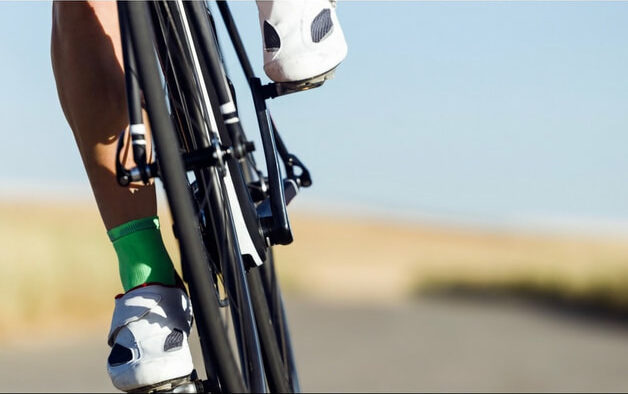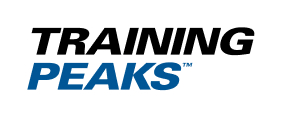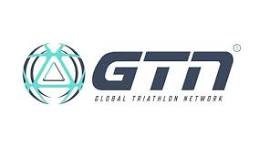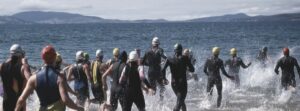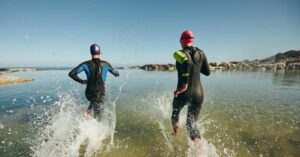How to use the drafting rules to swim, bike and run several minutes faster…
Introduction
During a triathlon, you can gain a significant advantage by riding, swimming and running behind other athletes in a legal and respectful way. It’s known as drafting and it’s free speed waiting to be had, so don’t leave it on the table. Here we’ll explain how to get it right.
Swim Drafting
Research shows that swimming 50 cm behind another athlete reduces your drag coefficient by 21%. Whereas swimming to the side of another athlete can reduce your drag by around 7%. In an Olympic distance or half Ironman triathlon, this could save you up to two minutes.
What’s the best way to do this? In an ideal world, you should aim to swim behind someone who’s slightly faster than you. To do this you may have to start off a little nearer the front than you might normally, and then swim hard for the first couple of minutes.
If you’re not comfortable with that idea, you can still benefit by swimming with people who are of similar ability to you. In this situation, you might feel like you’re going too slow and you’ll be tempted to overtake. Whereas in actual fact you’ll be swimming at a good pace, it just feels easier because you’re drafting.
A word of caution, don’t follow other swimmers blindly. Make sure the person you’re following is heading in the right direction and not weaving all over the place. Be prepared to find another pair of feet if you need to.
Also, try not to infuriate anyone by touching their toes. Nobody will be cross about you drafting behind them if they hardly know you’re there. It’s up to them to swim behind another athlete if they want to, you just need to worry about your own race. Just try and be respectful.
Bike Drafting
Most (not all) amateur triathlon events are non-drafting. Meaning you’re not allowed to ride directly behind the rider in front of you. At IRONMAN 70.3 events, for instance, the legal drafting distance is currently 12 meters. This is measured from the front of the bike in front to the front of yours.
Riding at this legal distance reduces your drag coefficient by around 9% compared to riding solo. That can mean a saving of around 25 watts, depending on conditions. Put another way, you’ll pedal approximately 10% less hard for a given speed. There are lots of variables to consider, but the point is that legal drafting can help you knock minutes off your bike splits. Or enable you to conserve more energy for the run (see our guide to half Ironman pacing).
Don’t feel bad about it either. With up to 2000 cyclists all on the same route, there’s literally not enough room on the road for everyone to leave a massive gap. So just make sure you abide by the race rules and if anything leaving a slightly bigger gap than necessary. The pace will ebb and flow, so you’ll need to concentrate on maintaining a legal distance throughout. Just be considerate to other athletes and be prepared to ride on your own or at the front when needed.
